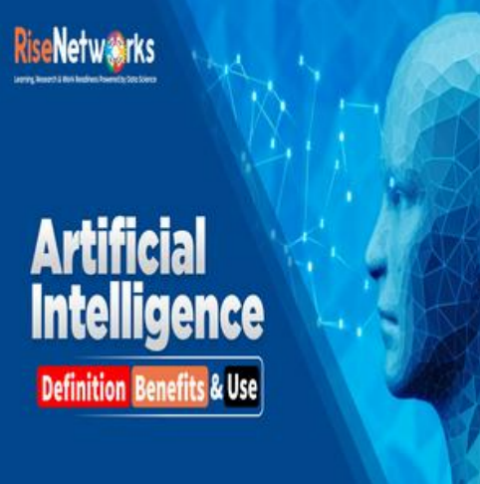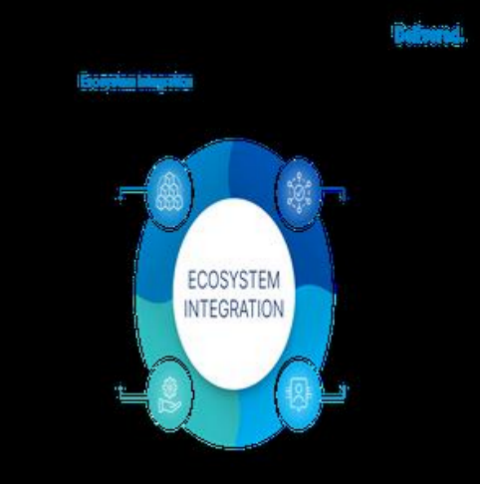Train Your Own AI Assistant: A Personalized Tech Odyssey
In a time when technology is constantly advancing, the idea of having a custom AI assistant designed specifically for your needs is very appealing. For those with significant financial resources, it's not merely about ease; it's also a mark of unique luxury in the digital world. But what steps should someone take to train an AI assistant that really makes a difference?
Defining Your AI's Unique Purpose
To embark on this thrilling journey, the initial task is to clearly outline the objectives you wish your AI assistant to fulfill. Wealthy individuals often possess varied requirements, such as overseeing intricate financial investments or organizing luxurious travel adventures. Your AI could be tailored to explore the newest high-end product releases, delivering personalized suggestions that align with your preferences. Alternatively, it may serve as a personal assistant, managing every detail of your upscale event planning, from choosing the venue to organizing the guest list.

By defining a distinct and meaningful goal, you lay the groundwork for an AI that will enhance your life remarkably. This process isn’t about developing a generic assistant; instead, it focuses on creating a digital partner that truly comprehends your lifestyle and meets your needs seamlessly.
Selecting the Right Technological Canvas
Selecting the appropriate technology stack is essential for developing custom AI solutions. Top-tier choices feature cloud services like AWS or Google Cloud, providing powerful machine learning tools and flexible computing resources. If you seek greater customization, open-source frameworks such as TensorFlow or PyTorch allow for detailed algorithm refinement. To meet natural language processing requirements, using advanced libraries like NLTK or spaCy improves language comprehension and interaction abilities—crucial for personalized communication.

Curating a Customized Dataset
Personalized AI relies on data, and wealthy individuals can tap into special, targeted sources. For AI in luxury fashion, useful datasets could comprise exclusive lookbooks, runway history, and individual style records to help it predict trends and suggest outfits. In finance, the training data might consist of personal investment histories, high-end market analyses, and tailored economic predictions. The aim is to collect information that shows uniqueness, ensuring the AI's guidance and choices closely match personal preferences and needs.
Fine-Tuning for Precision and Personality
Fine-tuning after training gives unique traits and capabilities to AI. This adjustment influences how the AI communicates—whether it sounds refined like a luxury brand representative or approachable like a trusted friend. When applied in a business context, the AI can learn to assess feelings during negotiations and offer the best responses. In planning luxury trips, this fine-tuning helps the AI suggest special experiences and lesser-known attractions, tailored to individual tastes and desired levels of luxury, making sure it suits personal preferences.
Integrating with Your Ecosystem
An exceptional AI effortlessly links with both digital and physical systems. Its integration with smart home devices enables users to control lighting, climate, and mood through voice commands during private events. On the digital front, it connects to productivity applications, email services, and social media platforms, allowing for effective schedule management, communication filtering, and content curation, all while showcasing one’s unique style. This integration creates a seamless ecosystem where the AI acts as an essential part of daily routines, boosting both convenience and comfort.

Creating a customized AI combines advanced technology with personal preferences, forming a digital ally that enhances daily life. By tailoring aspects like technology, data, personality, and integrations, you develop an AI that mirrors your individuality and redefines the experience of personalized digital luxury.
(Writer:Dick)



